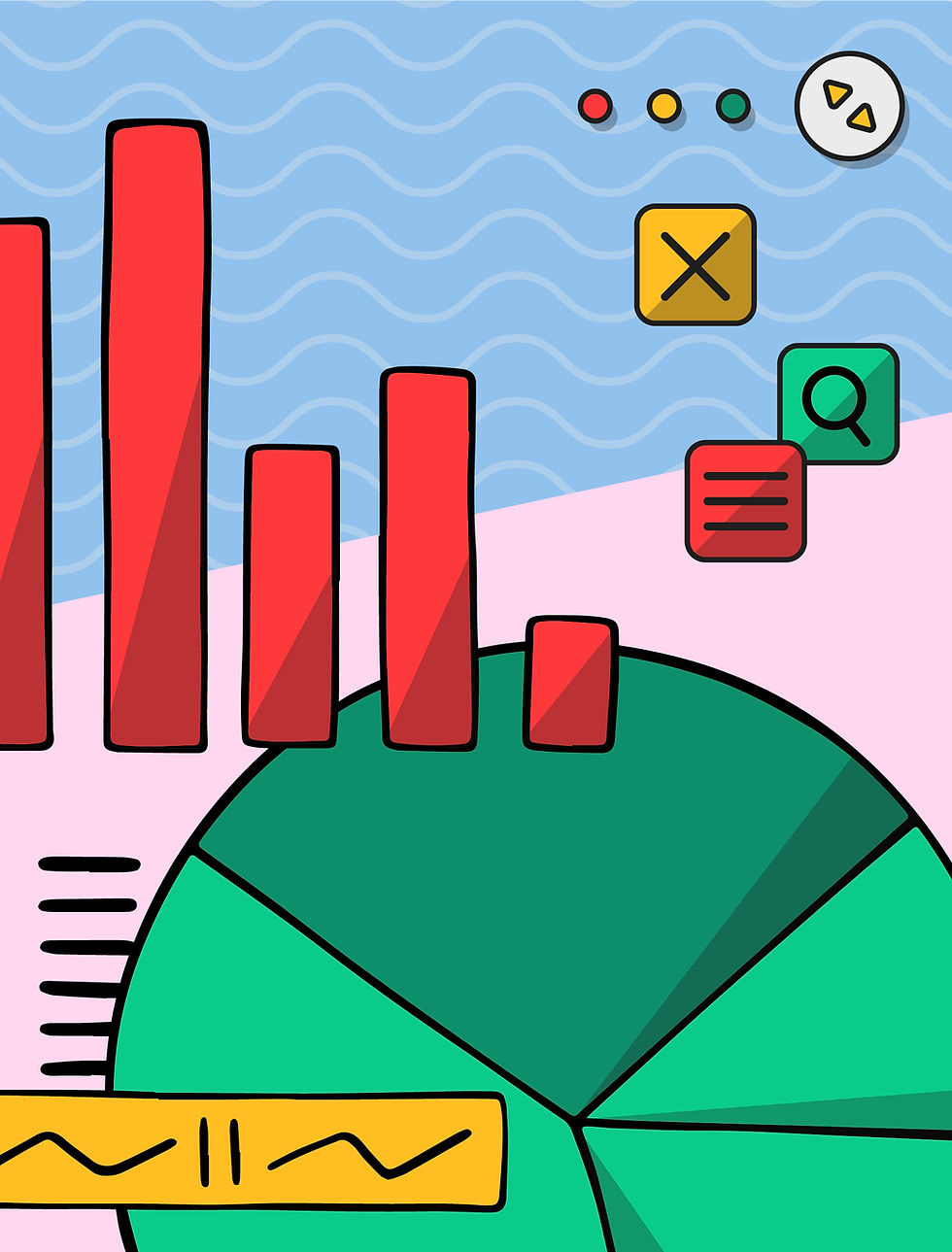If you’re relying on SEO to drive traffic, you'll want to get up to speed on the latest Google search algorithm changes. It’s not just about keywords and backlinks anymore. The algorithm is evolving faster than most agencies can keep up, and the rules that applied even six months ago might already be outdated.
In 2025, Google’s algorithm is guided by experience signals, multi-modal search behaviour, and verified authority, which is all driven by AI systems that understand your content the way a human expert would. That means NZ businesses need to be sharper, more strategic, and far more consistent.
If you want to get a head start with your SEO & google search rankings then click here to request a free site audit, seo strategy and estimate from our team.

The 2025 Google Search Landscape
As of April 2025, Google processes over 120,000 queries every second. And thanks to AI advances, most of those searches are now interpreted contextually — not just through keywords, but through tone, media format, and author reputation.
If you haven’t updated your content approach since 2023, you’ve probably already noticed a sharp decline in traffic. Here's what’s changed:
Major 2025 Updates You Need to Know
March 2025 Core Update
This was the biggest quality filter in how Google search works in 2025 since Helpful Content. Sites using bulk AI content without human review were pushed down hard. Pages demonstrating real-world product usage or first-hand insights performed significantly better.
Project Omega (Jan 2025)
Omega is Google’s new AI-powered engine that interprets text, image, and video in a single query. It now powers 85% of all searches, especially for visual questions and how-to guides.
EEAT 2.0 (Feb 2025)
Experience, Expertise, Authoritativeness and Trustworthiness are still critical, but now, contextual authority matters more than your domain name. For local searches, verified business status is a ranking factor for over 40% more queries compared to last year.
How Google Processes a Search Query in 2025
Let’s break down the path your website content takes inside Google’s ecosystem, and what actually determines who shows up where.
1. Crawling: The Smart Allocation Era
Googlebot has become ruthless in how it uses crawl resources. Sites with active updates and diverse sources get scanned more often. Stale pages that haven’t changed in over six months often get deprioritised, or skipped altogether.
Content is now quality-checked before full indexing. If your page lacks citations, depth or clarity, it may never be fully indexed in the first place.
2. Indexing: Tiered by Trust
Google’s new index is layered. First-hand experience ranks highest, followed by expert analysis, with aggregated summaries coming last.
Video and image content are now fully cross-referenced with your written content. A strong product video can lift your written guide, and vice versa. The more consistent and connected your media, the better your content performs.
3. Ranking: Welcome to Gemini AI
Gemini is Google’s real-time, AI-powered ranking brain. It favours sites that provide consistent value across multiple formats, and not just long blogs, but well-structured guides, media galleries, and verified author signals.
2025 Ranking Factors to Watch:
Contextual Authority Score: How comprehensively your site covers a topic
Multi-Modal Engagement: Pages that combine readable copy, visuals, and video now win more complex queries
Verification Signals: Author credentials, business registrations, and consistent social proof are all used as trust signals
How Google Search Works in 2025: What Works — And What Doesn’t
Winning Strategies
Content Hubs with 10 or more interlinked articles covering a core topic
First-Hand Expertise presented in real, test-based content
Dynamic Updates: Refreshing content monthly improves visibility more than ever
Dead Weight Tactics
Generic roundups and outsourced blog spam
Product pages that only repeat spec sheets
Local listings without real engagement (think: no new reviews, no updates, no photos)
Preparing for What’s Next
Google is already testing two major changes for late 2025:
Real-Time Indexing for some query types, where results update constantly as new information becomes available
Personalised Authority Scoring, using your professional background, public bios, and third-party mentions to influence rankings
That means your brand, your team, and your business footprint online are now part of your SEO strategy.
Need to Rethink Your SEO?
At TopTalent, our 2025 SEO audits go far beyond keyword rankings and page speed. We assess your site against the same frameworks used by Google’s quality raters so you know where you stand and what needs to change.
Want to rank higher without chasing every trend? Let’s talk about future-proofing your SEO the smart way.

